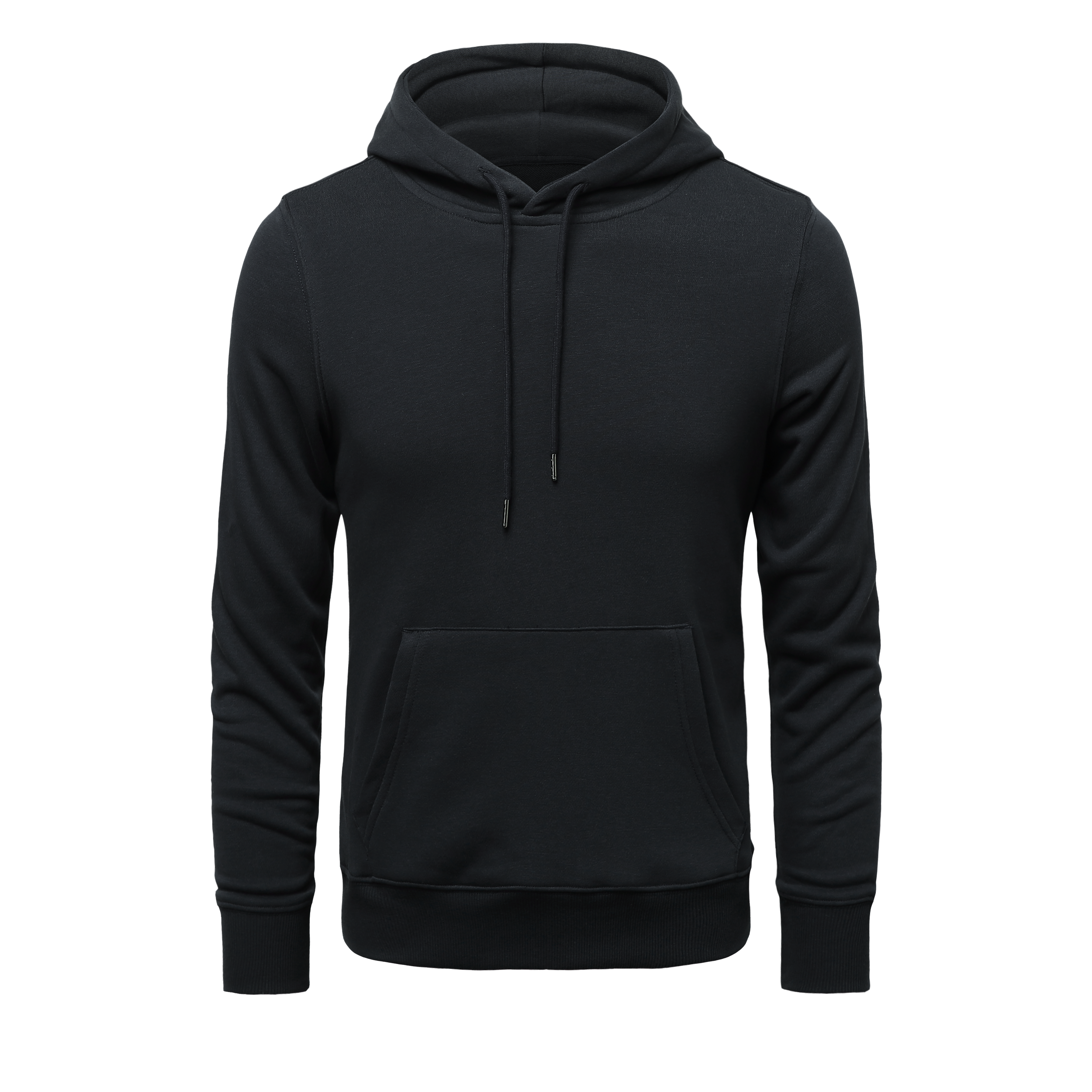In situations where personal safety is at risk, traditional clothing simply isn’t enough. Bulletproof clothing offers a unique combination of protection, comfort, and flexibility, designed to shield the wearer from bullets and other ballistic threats. But what makes these garments capable of stopping high-velocity projectiles?
The performance of bulletproof clothing ultimately depends on the materials used in its construction. Each component plays a critical role, balancing strength, weight, and durability to provide effective protection without compromising mobility. In the sections that follow, we’ll take a closer look at the key materials behind bulletproof clothing and explain why they are essential for safety and performance.

Key Materials Used in Bulletproof Clothing
Bulletproof clothing uses a combination of advanced materials to stop bullets and protect the wearer. The main materials include Kevlar, polyethylene (Dyneema), carbon nanotubes, graphene, ceramics, and steel. Each material brings unique protective properties.
Kevlar and Ballistic Fibers
Kevlar stands as one of the most recognized bulletproof materials. This synthetic fiber offers high strength and low weight, making it ideal for bulletproof vests. Kevlar fiber resists stretching and absorbs energy from impacts.
Manufacturers weave kevlar into tight layers to create flexible panels. These panels can stop bullets by spreading the force over a wide area. Ballistic materials like kevlar also resist cuts and punctures from sharp objects.
Polyethylene and Dyneema
Polyethylene, often called dyneema, is another key answer to what is bulletproof clothing made of. Dyneema uses ultra-high-molecular-weight polyethylene, or uhmwpe, to create strong and lightweight armor. UHMWPE fibers are even lighter than kevlar and float on water.
Dyneema panels use many layers of uhmwpe fibers pressed together. These layers absorb and disperse the energy from bullets. Many bulletproof vest designs use dyneema for its comfort and flexibility.
Advanced Materials
Some bulletproof vests now use advanced materials like carbon nanotubes and graphene. Carbon nanotubes are tiny, tube-shaped structures with incredible strength. Graphene is a single layer of carbon atoms arranged in a thin sheet.
These materials offer high strength-to-weight ratios. They can improve the performance of bulletproof clothing while keeping it light. Research continues to explore how these materials can make bulletproof vests even more effective.
Ceramics and Steel Plates
Hard armor often uses ceramics and steel plates to stop high-powered bullets. Ceramics are hard, brittle materials that shatter bullets on impact. Steel plates provide a tough barrier that resists penetration.
Layering plays a crucial role in what is bulletproof clothing made of. Manufacturers stack multiple layers of ballistic fibers and engineered plastics to absorb and disperse energy. Soft armor uses flexible layers for comfort, while hard armor adds rigid plates for extra protection.
Bulletproof vests come in both soft and hard versions. Soft vests use materials like kevlar and uhmwpe for everyday protection. Hard vests add ceramic or steel plates for defense against stronger threats.
How Bulletproof Materials Work to Stop Bullets
Absorption and Dispersion
Bulletproof materials protect the wearer by absorbing and spreading the force of a bullet. When a bullet hits body armor, the energy transfers into the fabric. Kevlar and other fibers catch the bullet and slow it down. The fibers stretch and deform, which helps absorb the impact. This process prevents the bullet from penetrating the body armor and reduces injury.
The ability to disperse energy across a wide area is key. Instead of letting the bullet focus all its force on one spot, the material spreads the impact. This makes bulletproof clothing effective for stopping many types of threats.
Layering Techniques
Manufacturers use multiple layers of protection in body armor. Each layer adds strength and helps stop bullets. Kevlar and polyethylene work best when stacked in several sheets. These layers of protection create a barrier that is hard for bullets to pass through.
Engineered plastics and ballistic fibers combine to form strong panels. The layers work together to absorb and disperse energy. This technique allows body armor to stay flexible while offering high levels of safety.
Soft vs. Hard Bulletproof Vests
Body armor comes in two main types: soft body armor and hard body armor. Soft body armor uses flexible materials like kevlar and polyethylene. It protects against most handgun threats and is comfortable for daily wear. Hard armor uses rigid plates made from ceramics or steel. These plates stop stronger bullets, such as those from rifles.
Soft body armor offers comfort and flexibility. Hard body armor provides higher protection but feels heavier and less comfortable. People choose between these types based on the threats they face and how much mobility they need.
Bulletproof Clothing Material Comparison

Strengths and Weaknesses
Different materials in body armor offer unique strengths and weaknesses. Kevlar provides high strength and flexibility, but it can degrade with moisture and UV exposure. Dyneema and uhmwpe deliver lightweight protection and resist water, though they may not stop all rifle rounds. Ceramics and steel plates give the most protection against high-powered bullets, but they add weight and reduce comfort.
|
Material |
Strengths |
Weaknesses |
|---|---|---|
| Kevlar | Flexible, strong, light | Sensitive to moisture, UV |
| Dyneema/UHMWPE | Lightweight, water-resistant | Limited rifle protection |
| Ceramics | Stops rifle rounds | Heavy, brittle |
| Steel | Durable, high protection | Very heavy, less comfort |
| Carbon Nanotubes/Graphene | Extremely strong, light | Expensive, experimental |
Applications in Bulletproof Vests
Manufacturers use kevlar and uhmwpe in soft body armor for everyday bulletproof vests. These materials suit law enforcement and security personnel who need mobility. Dyneema panels often appear in lightweight bulletproof vest designs. Hard body armor uses ceramics and steel plates for military and tactical applications. Carbon nanotubes and graphene show promise in advanced ballistic body armor, but they remain rare.
Which Material for Which Threat
Choosing the right material depends on the threat level. Kevlar and uhmwpe protect against most handgun bullets. Dyneema offers similar protection with less weight. Ceramics and steel plates stop rifle rounds and armor-piercing bullets. Carbon nanotubes and graphene may improve future bulletproof vests. For the most protection, hard body armor with ceramic or steel plates is necessary.
- Everyday use: Kevlar, uhmwpe, dyneema
- High-risk environments: Ceramics, steel
- Advanced research: Carbon nanotubes, graphene
Body armor selection should match the expected threat. Users must balance protection, comfort, and weight when choosing a bulletproof vest.
Material Protection Level & Comfort
Protection Levels
Body armor comes in different levels of protection. Each level of protection matches a specific threat, such as handguns or rifles. The National Institute of Justice (NIJ) sets standards for these levels.
- Level II and IIIA body armor protect against most handgun rounds.
- Level III and IV body armor stop rifle bullets and armor-piercing rounds.
- Soft body armor uses materials like kevlar and dyneema for lower levels of protection.
- Hard body armor uses ceramics or steel plates for higher levels of protection.
Comfort and Weight
Comfort and weight matter when wearing bulletproof vests for long periods. Soft body armor made from kevlar, dyneema, or lightweight uhmwpe feels flexible and light. These materials allow users to move easily and wear the vest under clothing.
Hard body armor with ceramic or steel plates adds weight and bulk. This type of body armor can feel heavy and limit movement. Many people prefer soft body armor for daily use because it offers comfort and enough ballistic protection for most threats.
|
Type of Body Armor |
Comfort | Weight |
Typical Use |
|---|---|---|---|
| Soft (kevlar, dyneema, uhmwpe) | High | Light | Everyday, concealed |
| Hard (ceramic, steel) | Low | Heavy | Tactical, military |
Cost Factors
The cost of body armor depends on the materials and the level of protection. Soft body armor with kevlar or dyneema costs less than hard body armor with ceramic or steel plates. Advanced materials like graphene or carbon nanotubes increase the price.
Buyers should balance cost, comfort, and the needed level of protection. For most people, soft body armor with ballistic protection from handguns offers a good balance. Those facing rifle threats may need to invest in hard body armor for maximum safety.
Bulletproof clothing uses materials like kevlar, polyethylene, ceramics, and advanced fibers. Each material offers unique strengths for protection and comfort.
- Kevlar and polyethylene provide lightweight options for daily bulletproof wear.
- Ceramics and steel add extra defense for high-risk situations.
- Choosing the right bulletproof material depends on the threat level, comfort needs, and budget. People should compare options to find the best balance for their safety.
Conclusion
Bulletproof clothing owes its protective power to a carefully engineered combination of materials. From the classic strength of Kevlar to the cutting-edge properties of Dyneema, carbon nanotubes, and ceramics, each material contributes to stopping bullets while maintaining flexibility and comfort.
Understanding these key components not only highlights the technology behind personal protection but also helps readers make informed choices when selecting bulletproof gear for safety, performance, and reliability.
